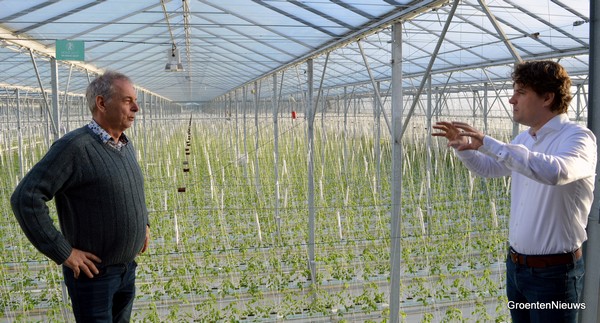#Shiitakemushroomcultivation #Greenhousefarming #Sustainableagriculture #Cropdiversification #Cambodianagriculture
Kheang Vanda, a visionary farmer in Phnom Penh, Cambodia, has successfully cultivated shiitake mushrooms in a region known for its hot and humid climate. Through the use of innovative greenhouses that replicate cooler Asian environments, Vanda’s venture, SY Company, has not only achieved a steady supply of this delicacy but has also opened doors for crop diversification and sustainable agriculture in the country. The cultivation of shiitake mushrooms serves as a testament to how innovative farming methods can adapt to market demands and provide a constant source of high-quality, locally grown produce.
In the sweltering climate of Cambodia, where shiitake mushrooms are not native, Kheang Vanda has defied expectations and successfully cultivated this popular delicacy. Previously, Cambodia relied on imported packaged or dried shiitakes due to the difficulties of transporting fresh mushrooms. However, Vanda’s innovative use of greenhouses has changed the game.
Established in 2017, Vanda’s company, SY, specializes in developing greenhouses for cool-temperature and livestock farming. By employing clever insulation techniques on roofs and walls, SY’s greenhouses create the ideal cool temperatures necessary for successful mushroom cultivation. This breakthrough not only enables shiitake mushrooms to thrive but also opens up possibilities for growing other crops that prefer cooler climates.
The cultivation process involves a precise blend of crushed rubber wood and yeast, nurturing the growth of shiitake mushrooms. Maintaining an ideal temperature range of 16-18 degrees Celsius and high humidity is crucial for successful cultivation, which typically takes four to five days. The effectiveness of this novel cultivation process is evident in a modest 6×8-meter greenhouse in Phnom Penh, which produces an impressive daily yield of 30 to 40 kilograms of shiitake mushrooms.
Aside from temperature control, maintaining cleanliness and implementing regular sanitization measures are vital for creating a hygienic environment for mushroom cultivation. Vanda emphasizes the importance of ensuring that those entering and exiting the greenhouse adhere to strict cleanliness standards to preserve the quality and safety of the mushrooms.
While the introduction of greenhouses has revolutionized mushroom cultivation in Cambodia, it also poses challenges related to energy consumption. To address this, SY’s Managing Director, Huong Sophorn, recommends the installation of solar energy systems, reducing reliance on grid energy and promoting environmental sustainability while potentially providing an additional income source for farmers.
Thanks to Kheang Vanda’s pioneering efforts and the introduction of greenhouses, local farmers in Cambodia now have the opportunity to diversify their crops and bolster their income. The cultivation of shiitake mushrooms has not only met the demand for this highly regarded delicacy but has also paved the way for sustainable agriculture practices and crop diversification in the region.
The success of shiitake mushroom cultivation demonstrates how innovative farming methods can adapt to market demands and ensure a steady supply of high-quality, locally grown produce. With the daily yield of approximately 40 kilograms of mushrooms already sufficient for two supermarkets, Huong Sophorn encourages farmers to adopt this method by constructing small greenhouses for mushroom cultivation. By utilizing vertical growing techniques similar to supermarket shelves, farmers can maximize space utilization and achieve efficient mushroom production.
The unexpected thriving of shiitake mushrooms in Cambodia’s sweltering climate through the use of innovative greenhouses showcases the potential for sustainable agriculture and crop diversification. Kheang Vanda’s breakthrough has not only enabled a constant supply of fresh, high-quality mushrooms but has also empowered local farmers to adapt to market demands and contribute to the nation’s fresh produce supply.










